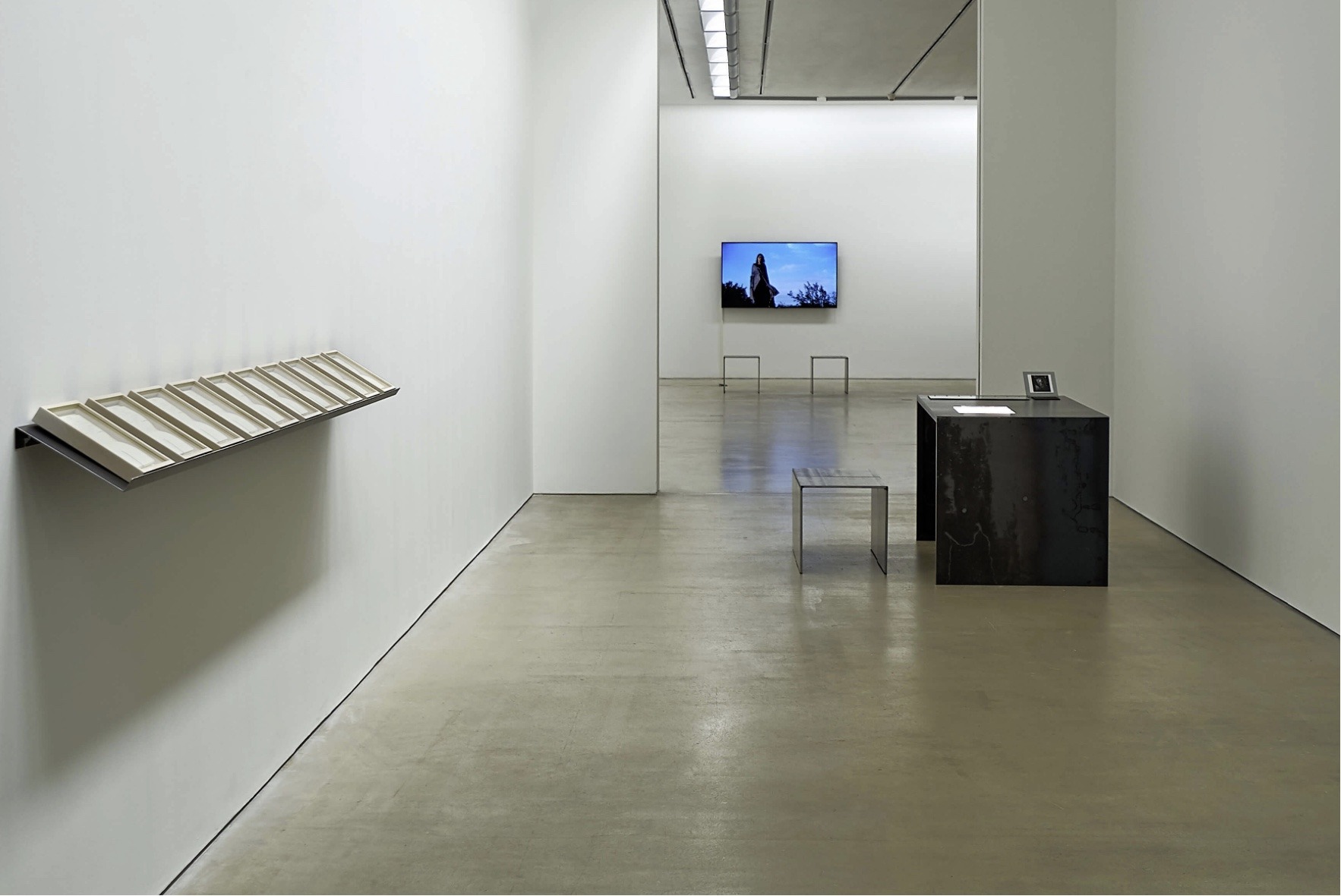Accentisms
30 Sep 2017 - 28 Jan 2018
ACCENTISMS
30 September 2017 – 28 January 2018
Lawrence Abu Hamdan, Nicholas Bussmann & Natascha Sadr Haghighian, Edith Dekyndt, Annja Krautgasser, Ali Meer Azimi, Ute Mueller, Ulrich Nausner, Angel Nevarez & Valerie Tevere, Natascha Sadr Haghighian
The Latin accentus is derived from adcantus, the Dacugesungene. A poetic surplus, which is based on syllables, words and sentences to emphasize and intensify them. Accent also means when this sound design, the stress patterns and rhythms of a previously learned language are integrated into a newly learned one and color them in a tone.
Accents are events, they are articulated and interacted simultaneously, simultaneously spoken and heard. Individual pronunciation also behaves in a procedural manner; they change with our life maps, the different places we live in, and the different people we talk to. To this extent, individual accents in their complexity are always objections to simple conceptions of identity.
However, pronounciations in the world of life are often short-circuited, graded and discriminated. It is different in art, which insists on experiencing the transitions, shading and tonalities as a generator of beauty and complexity.
Curated by Nina Tabassomi
30 September 2017 – 28 January 2018
Lawrence Abu Hamdan, Nicholas Bussmann & Natascha Sadr Haghighian, Edith Dekyndt, Annja Krautgasser, Ali Meer Azimi, Ute Mueller, Ulrich Nausner, Angel Nevarez & Valerie Tevere, Natascha Sadr Haghighian
The Latin accentus is derived from adcantus, the Dacugesungene. A poetic surplus, which is based on syllables, words and sentences to emphasize and intensify them. Accent also means when this sound design, the stress patterns and rhythms of a previously learned language are integrated into a newly learned one and color them in a tone.
Accents are events, they are articulated and interacted simultaneously, simultaneously spoken and heard. Individual pronunciation also behaves in a procedural manner; they change with our life maps, the different places we live in, and the different people we talk to. To this extent, individual accents in their complexity are always objections to simple conceptions of identity.
However, pronounciations in the world of life are often short-circuited, graded and discriminated. It is different in art, which insists on experiencing the transitions, shading and tonalities as a generator of beauty and complexity.
Curated by Nina Tabassomi

